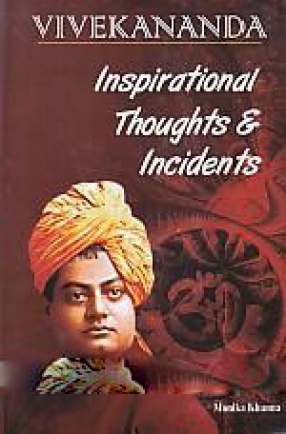
Vijay Goel

Showing all 16 books
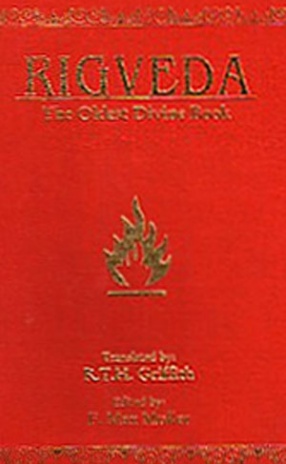
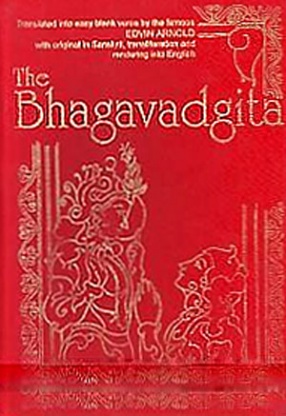
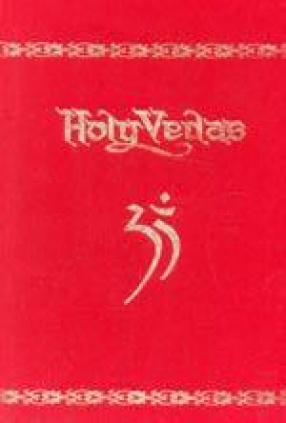


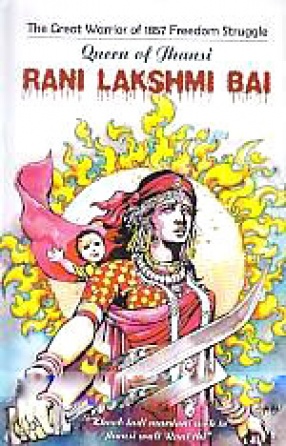



On the life and achievements of Swami Vivekananda, 1863-1902, Indian philosopher and religious leader.
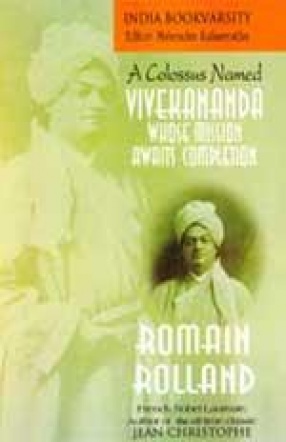
‘Vivekananda has serenely wedded the West and the East. He saw that his first duty was towards his first neighbour, his own people. His universal soul was rooted in its human soul and the smallest pang suffered by its inarticulate flesh sent a repercussion through the whole tree. His claim to greatness lies in the fact that he not only proved its unity by reason, but stamped it upon the heart of India in flashes of illumination. He had a genius for arresting ...
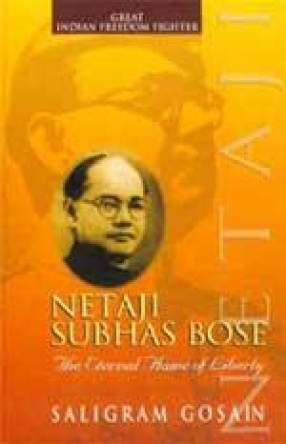
‘Netaji, the Eternal Flame of Liberty’ throws light on the life-long struggle of Subhash Chandra Bose in awakening the youth of the country and leading them in his struggle for India’s freedom culminating in the organization of Indian National Army, which he led as its Commander-in-Chief. Netaji will never die. He lives in the hearts of his countrymen.
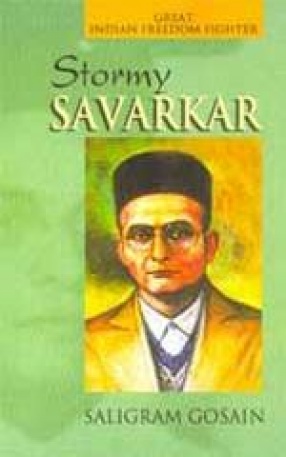
‘Stormy Savarkar’ highlights the life-long sufferings of Veer Savarkar undergoing his imprisionment in the Kala Paani, the Andamans. He was the harbinger of the movement for the attainment of India’s freedom among the Indians in Britain and others internationally. He was the epitome of love for his motherland.
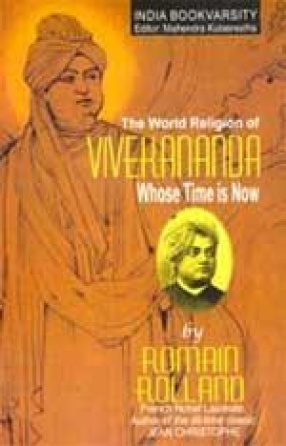
If anybody dreams of the exclusive survival of his own religion and the destruction of the others, I pity him. Upon the banner of every religion will soon be written: Help and not Fight; Assimilation and not Destruction; Harmony and Peace and not Dissensixon. Sectarianism, bigotry and fanaticism have long possessed this beautiful earth. They have drenched the earth with human blood, and destroyed civilizations. Had it not been these horrible demons, human society ...
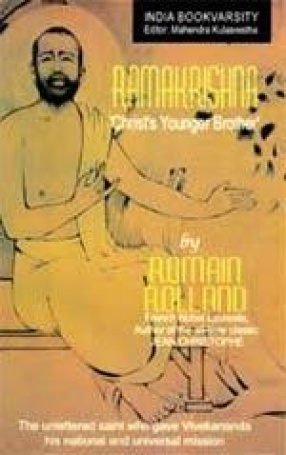
The man whose image I here evoke was the consummation of two thousand years of the spiritual life of millions of people. Although he has been dead for many years, his should animates modern India. He was no hero of action like Gandhi, no genius in art or thought like Goethe or Tagore. He was a little village Brahmin of Bengal, whose outer life was set in a limited frame without striking incident, outside the political and social activities of his time. But his ...
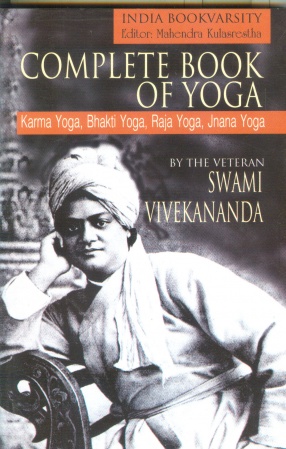
Vivekananda’s work on India’s Yogas is perhaps the most significant. He not only presented the subject in all its major forms quite elaborately more than a century ago, but also enchanted the West by its theories and practices. In fact, the yogas have been his main tool in his work in America and Europe. He even dictated the books for exactness and general promotion. These small books have been very popular and still are. We ...
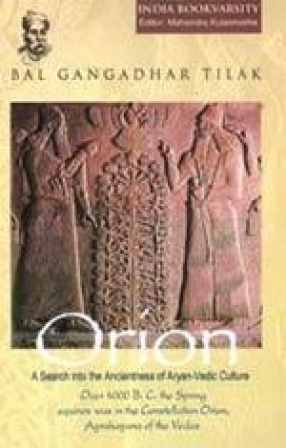
That the sacred thread – Yajnopavita among the Hindus and Kushti among the Parsis – is the sign of the constellation Orion’s belt, underlines its supreme significance among ancient and modern Aryans. Its mention in Vedic literature inspired the Sanskrit scholar Lokmanya Tilak to use it to fix the date of that early period of history – a task neither Yaska nor Sayana could think of. A unique and definitive study of the subject, it casts interesting new ...

The Bhagavadgita forms a part of the great Indian epic, the Mahabharata, and consists of 700 verses. It is a dialogue between Arjuna, one of the five Pandavas, and Lord Krishna, who acts as his charioteer. While his armies are arraigned against the armies of the Kauravas, the adversaries of the Pandavas, he falters and asks Krishna how he could kill his own kith and kin and whether such a battle was worthwhile at all. Lord Krishna in this long dialogue gives him ...

According to Prof. A.L. Basham's celebrated The Wonder That Was India- The Regveda is the oldest religious text in the world. It is a collection of hymns for use at the Yajnas, sacrifices, of the Aryans. The Sama Veda is a collection of certain verses of the Rigveda arranged for liturgical purposes. The Yajur Veda contains sacrificial formulae to be pronounced by the priest during the Yajna. The Atharva Veda consists chiefly of magic spells and incantations, but ...

The Ramayana is a rare Indian epic which is an integral part of the life of this vast country, which despite its uncertain historicity, has a variety of versions in various religious traditions. Dashratha may have been a minor chief who lived in the 7th or 8th centuries B.C., whose life was by chance remembered and, perhaps because of the basic qualities of Rama, his brothers and wife Sita, was elaborated by bards until it acquired the present form, which goes ...

‘The Mahabharata’ as it survives today is among the longest singly poems in Sanskrit. The main action revolves around what has become famous as the contest between the Kauravas and the Pandavas, and is set in the fertile and strategic region around Delhi. Originally it may have been the description of a more localized fued, but it caught the imagination of the bards and in its final form virtually all the clans and peoples known to the bards were said to have ...
